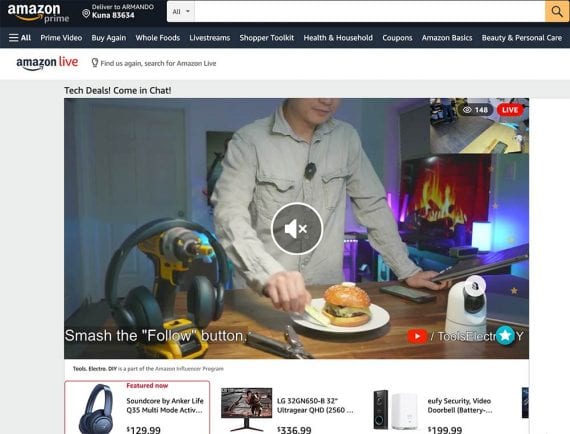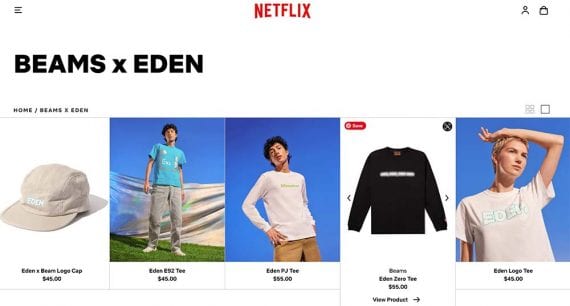
Connected television, a rising star in the targeted, programmatic advertising industry, will soon be impacted by new privacy measures.
One such idea is Google’s IP blindness proposal called Gnatcatcher (“Global Network Address Translation Combined with Audited and Trusted CDN or HTTP-Proxy Eliminating Reidentification”). Gnatcatcher disguises a user’s IP address.
Once a device graph is established, it is possible, for example, to target shoppers with CTV ads that correspond to something an individual may have done on a mobile app. It takes behavioral targeting across devices and uses it to show relevant and timely ads.
Think of advertising on streaming television and movie providers such as Hulu or Roku displayed on television screens. These are the ad platforms that might be impacted by changes to the availability of internet protocol addresses separate from the privacy trends found in web browsers (with the elimination of tracking cookies) and mobile app tracking. “IP addresses are not the most reliable source of information. They are not always accurate. There are downfalls aside from the privacy issue,” Kotara said.
IP Addresses
“Consumers watching Hulu on a TV will not click through to convert. So [advertisers] need to know I served them an ad on connected TV and then the consumer went back to her desktop computer or phone and converted. The household graph will let [advertisers] paint that whole picture,” said Kotara, adding that IP addresses were an important identifier for constructing a household graph.
Part of that targeting process can be to create a household device graph. This graph uses an IP address and other metrics to associate individual devices — mobile phones, desktop computers, CTV devices — with a specific household.
CTV differs from traditional (often called linear) television or even cable programming in that advertisers are able to target audiences in ways similar to what can be found on popular networks such as Google or Facebook. This includes targeting behavior, buying intent, and geo-location, among others.
Connected television is often called CTV or OTT. The latter stands for “over the top” and is reminiscent of cable boxes or Roku devices that sat over the top of televisions.
The definition becomes challenging because CTV is not typically used to describe, for example, videos viewed on Facebook or even YouTube. But watching YouTube TV on a Roku device or Hulu on an iPhone is CTV.
For advertisers, the term can mean more. The definition of CTV “can be very convoluted. You can go down a rabbit hole of different definitions and abbreviations,” said Mary Kotara, a senior programmatic media consultant with Adswerve, a consultancy. Kotara was speaking during a live interview with the CommerceCo by Practical Ecommerce community on August 19, 2021.
With Gnatcatcher, Google wanted to develop “technology to protect people from opaque or hidden techniques that share data about individual users and allow them to be tracked covertly. One such tactic involves using a device’s IP address to try and identify someone without their knowledge or ability to opt-out.”
Several proposals coming from privacy advocates and technology companies would make collecting an IP address almost useless.
“There will be smarter ways” to target and measure CTV in the near future, according to Kotara.
Conversely, the household device graph improves attribution.
Better Future
But it is worth noting that while dates have been set for the end of third-party cookie collection in each leading browser, there is no single date set for the obscuring of IP addresses. Rather, CTV advertisers know they cannot use IP addresses forever.
In the same way that ending tracking cookies gives advertisers an opportunity to improve, so too will the end of relying on IP addresses, according to Kotara.
Interestingly, obscuring IP addresses could actually make CTV attribution and targeting better in the long run.
IP addresses in CTV devices, however, could be the next identifier to become unavailable or unreliable as changes occur to promote user privacy.
“Companies that connect TV with cookies and device IDs use IP addresses to tie it all together,” said Kotara.
In fact, there are many companies already working on privacy-focused ways to provide audience targeting and some level of conversion attribution.






